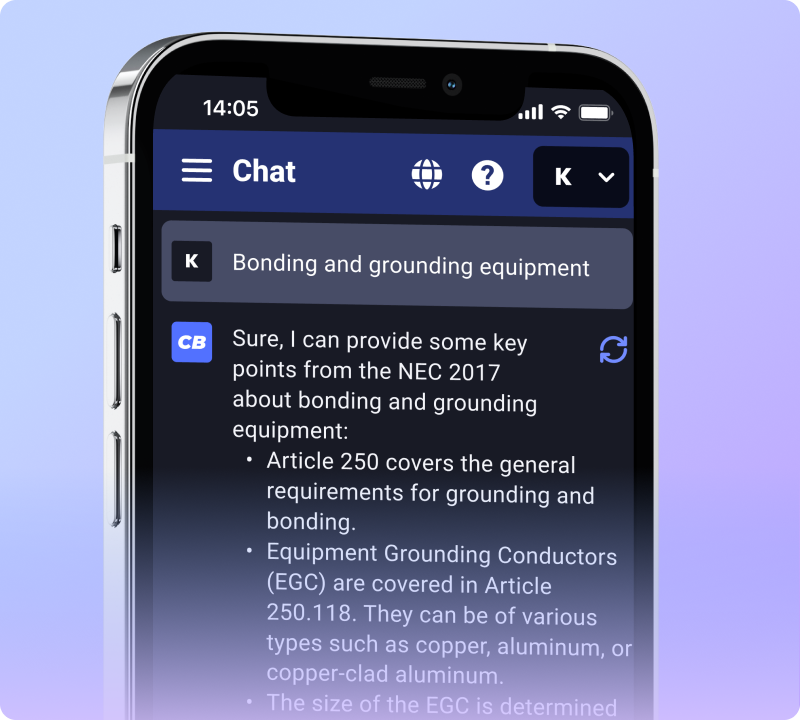Sizing conductors is a critical task in electrical installations, requiring a balance between electrical load demands, safety, and compliance with codes. This guide is designed to provide electrical professionals, including engineers, technicians, and apprentices, with the knowledge they need to size conductors accurately and effectively.
Understanding Conductor Sizing
Conductor sizing involves selecting the appropriate size (gauge) of wire to safely and efficiently carry the electrical current. Incorrect sizing can lead to excessive heat, energy loss, or even fire hazards.
Factors Influencing Conductor Size
Current-Carrying Capacity: The ampacity of the conductor, which is its ability to carry current without overheating.
Voltage Drop: The decrease in voltage along the length of the conductor, which should be minimized.
Length of the Run: Longer runs may require larger conductors to reduce voltage drop.
Ambient Temperature: Higher temperatures can reduce the carrying capacity of the conductor.
Steps for Sizing Conductors
- Calculate Load Requirements: Determine the total electrical load, in amperes, that the conductor needs to support.
- Refer to NEC Tables: Use the National Electrical Code (NEC) ampacity tables to select a conductor with the appropriate ampacity.
- Consider Voltage Drop: Ensure that the voltage drop is within acceptable limits, especially for longer runs.
- Adjust for Conditions: Adjust the size based on environmental factors like temperature or the presence of multiple conductors in a raceway.
Common Conductor Types
- THHN/THWN: Widely used in building wiring for its heat resistance.
- XHHW: Known for its moisture and heat resistance, suitable for wet or dry locations.
- USE-2: Ideal for underground service entrance applications.
Best Practices
- Always Oversize Rather Than Undersize: It’s safer to use a slightly larger conductor than necessary.
- Regularly Consult NEC: The NEC guidelines are updated regularly, so stay informed of any changes.
- Consider Future Expansion: If there’s potential for increased load in the future, size conductors accordingly.
Note: This guide provides general advice on service conductor sizing. For specific projects, always refer to the latest NEC guidelines and consult with a certified electrical professional.


